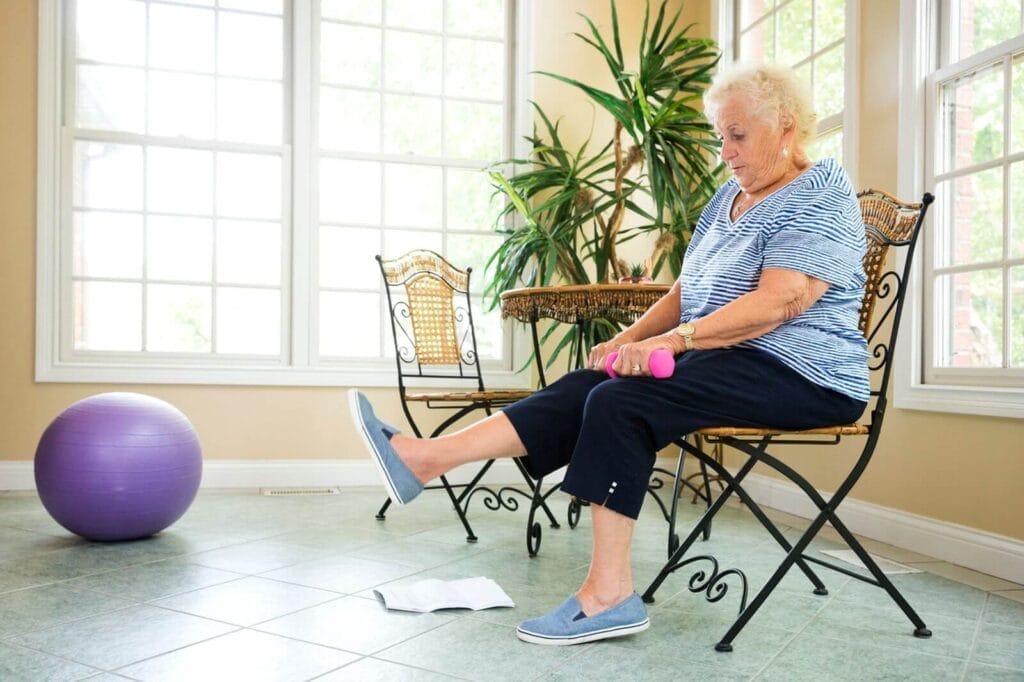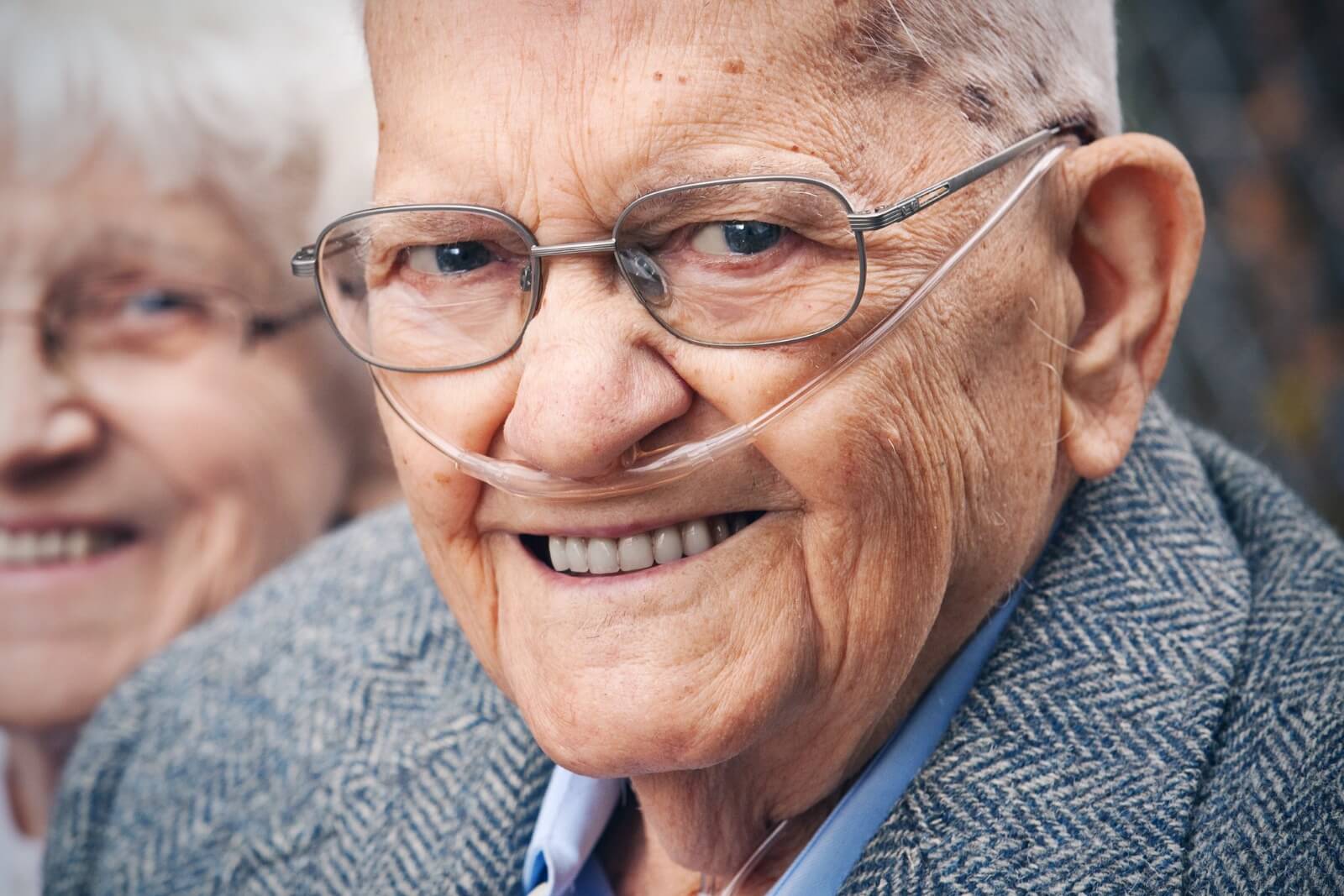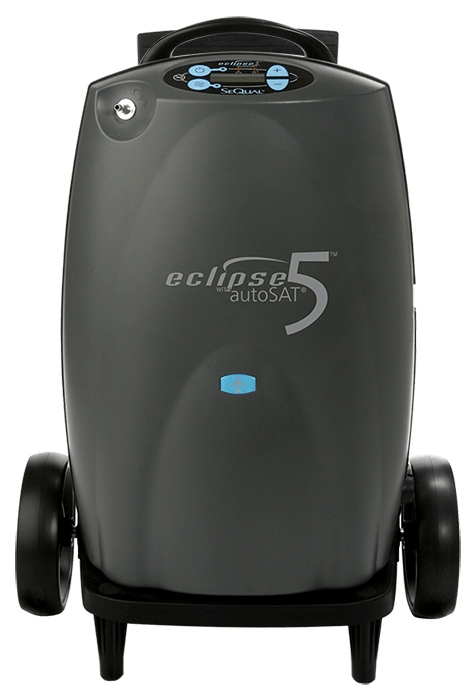
Daily movement is necessary to maintain good health as you age. If you struggle with pain, stiffness, or mobility challenges, making physical movement a part of your routine can feel intimidating. The good news is that you don’t have to run a 5K or swim hundreds of laps to stay active; you can benefit from doing simple, enjoyable exercises. We’ve put together some low-impact exercises for seniors that you can use and adjust to suit your needs and abilities.
Benefits of low-impact exercises for seniors
Regular exercise through movement benefits the body through increased circulation, better skin health, decreased risk of pressure injuries, increased range of motion, improved mental health, and enhanced independence and quality of life. But it can be harder to get into a routine if you have sensitive joints or low mobility. Low-impact exercises can help seniors greatly because they enable physical movement without the harsh impact on the body that some exercises and activities create.
Of course, before you begin any new exercise program, consult with your physician. They can prescribe certain exercises and guide you on which exercises will best suit your current and future needs and abilities. They will also ensure you know how to perform the exercises safely and effectively.
Walking with or without assistive devices
Walking is one of the best low-impact exercises. Even if you use a mobility device or can walk only for short distances, getting up and walking throughout the day is important. Remaining sedentary can compromise your skin and lead to decreased strength and endurance. Maintaining your ability to walk will improve your health and preserve your independence.
If you’re just starting, you don’t have to hit your neighborhood sidewalks right away. Instead, start with walking in your home. Just be sure your pathways are clear and that you use your mobility device as needed. Try to walk a few laps around your home at the top of every hour.
Range-of-motion movements
Range-of-motion exercises reduce joint pain, stiffness, and swelling while improving circulation, strength, and flexibility. Perform each exercise at least five times, though you might find that working for half of a song before switching to a new movement keeps it more interesting. Be sure to listen to your body and stop the exercise if you feel acute pain.
Here are a few options for range-of-motion exercises:
- •Shoulder shrugs and rolls: Roll your shoulders to the front and then to the back. Focus on sitting up straight with your feet firmly planted on the floor and your chest open. If possible, keep your back from resting on the seat.
- •Hand work: Make fists with your hands and then release. After you do the fist exercise at least five times, twirl your wrists clockwise and then counterclockwise.
- •Bicep curls: These can be done with or without light weights. You can use household items like soup cans if you don’t have hand weights. Sit with your feet on the floor and your arms at your sides. Bend at the elbow to bring your hands up to your shoulders, and then slowly return your arms to your sides. Focus on completing the full range of motion of your elbow joint.
- •Marching: While seated or standing and holding on to a stable chair or a wall, march in place, bringing your knees up as high as possible. This exercise aims to work the hip hinge motion, so focus on raising your leg using your hip flexors.
- •Toe taps: You can do this exercise while seated or standing and holding on to a stable chair or wall. Start with both feet together on the ground, then tap your left toe to the front, to the left, and return it to the center. Do this five times before switching to your right foot.
- •Toe work: Like the hand work exercise above, scrunch your toes in your shoes or socks and release them. Do this at least five times before lifting your feet and rolling your ankles clockwise and counterclockwise.
There are many other range-of-motion exercises. If you work with a physical therapist, they can prescribe exercises specifically suited to your abilities and challenges. You can also find a variety of exercises for those living with arthritis through the Arthritis Foundation.
Chair yoga
If the traditional range-of-motion exercises are a little boring for you, or if you want to incorporate movement with a bit of meditation, consider gentle chair yoga. All you need is a sturdy chair on a stable surface, a good YouTube instructor to guide you through it, and an open mind. These exercises can alleviate pain and increase flexibility while calming your mind. You can find gentle chair yoga videos for seniors on YouTube, including here, here, and here.
Chair workouts
Consider chair exercises if you’re looking for something more lively than chair yoga. Specially designed for someone who cannot stand for long periods, chair exercises include a full-body workout while sitting on a stable chair. Make sure to take breaks and modify as needed. Find YouTube videos of chair workouts here and here.
Swimming or water walking
If you can get to your local indoor pool, consider adding swimming or water walking to your regular movement routine. Water exercises have a low impact on joints but can help you build strength and endurance. If you aren’t a seasoned swimmer, simply walking laps in water up to your waist or chest can be quite invigorating and effective.
Household chores
Believe it or not, every time you get up to prepare a meal, move the laundry to the dryer, or dust your shelves, you are getting in a lot of movement. Keep up with your daily and weekly household chores as much as possible. Take it slow and modify as needed to stay safe.
Even if you’re uncomfortable with rigorous, typical exercises for seniors, people at all levels of mobility can do low-impact exercises to maintain health and vitality. You’ll want to experiment with a few different daily movement exercises until you find ones you enjoy and look forward to. This will ensure your movement habit sticks and that you find joy in exercising during your day. Remember, movement is crucial to maintaining independence, so make a conscious effort to get up and move each day.








